Countries have less than one year remaining to update their National Biodiversity Strategies and Action Plans (NBSAPs) under the United…
Presenting a visual display of progress against the Articles of the Glasgow Leaders' Declaration, the Dashboard draws on the findings of the 2023 Forest Declaration Assessment and Systems Change Lab.
Currently in a beta-version with more indicators forthcoming, the Dashboard provides detailed updates on progress made by countries to meet their goals to protect and restore forests and land by 2030.
Click here to explore the Dashboard.
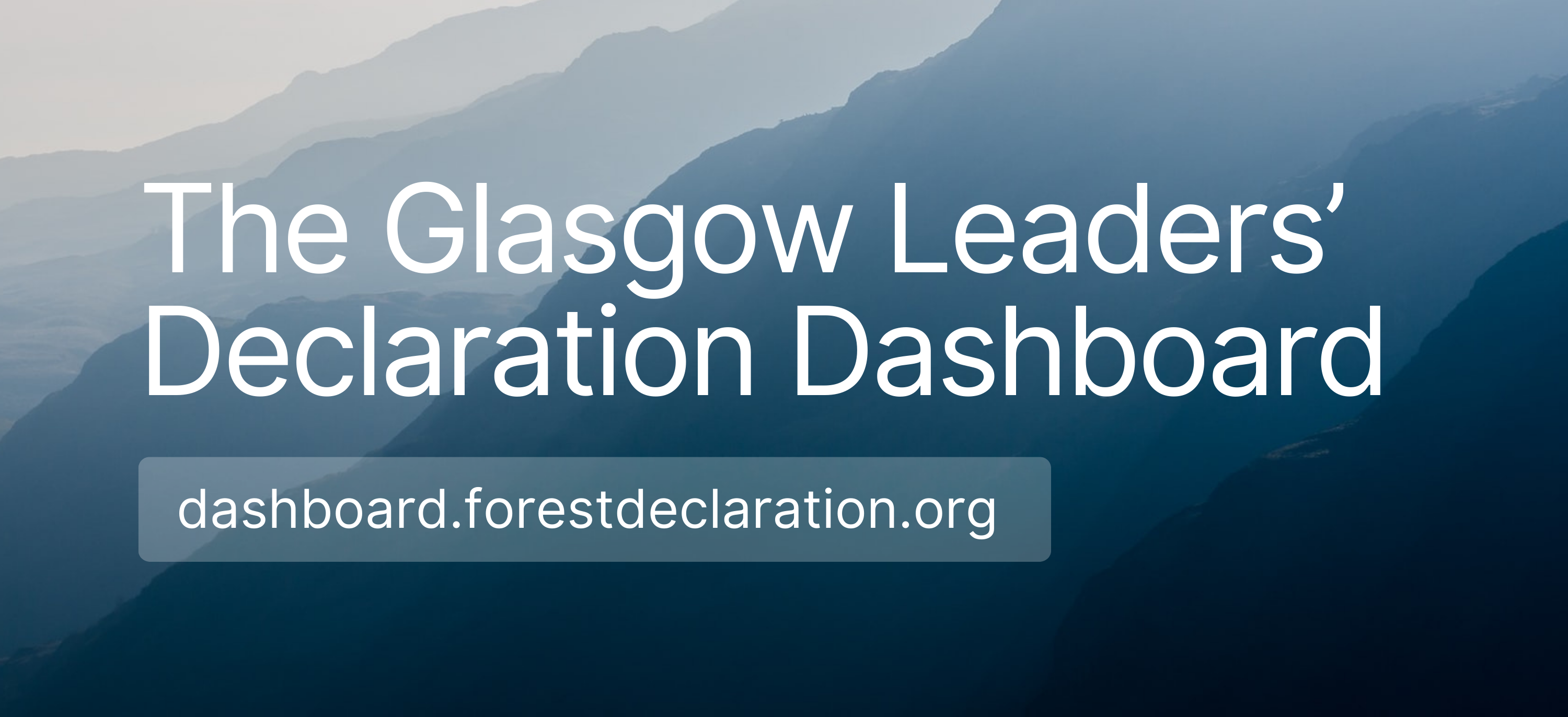

Assessing progress under Theme 1

Assessing progress under Theme 2

Assessing progress under Theme 3

Assessing progress under Theme 4

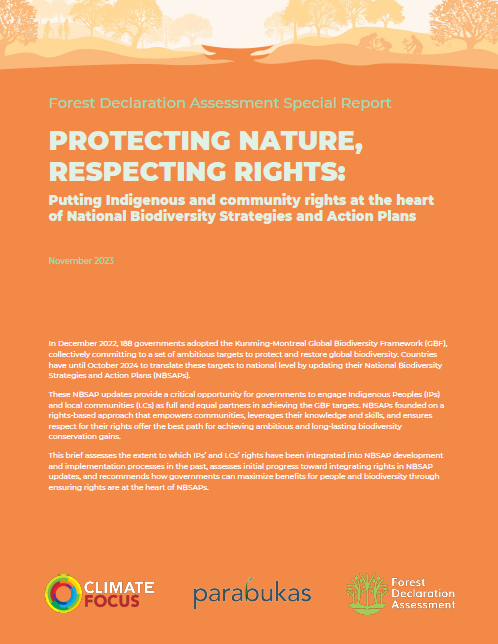
Countries have less than one year remaining to update their National Biodiversity Strategies and Action Plans (NBSAPs) under the United…
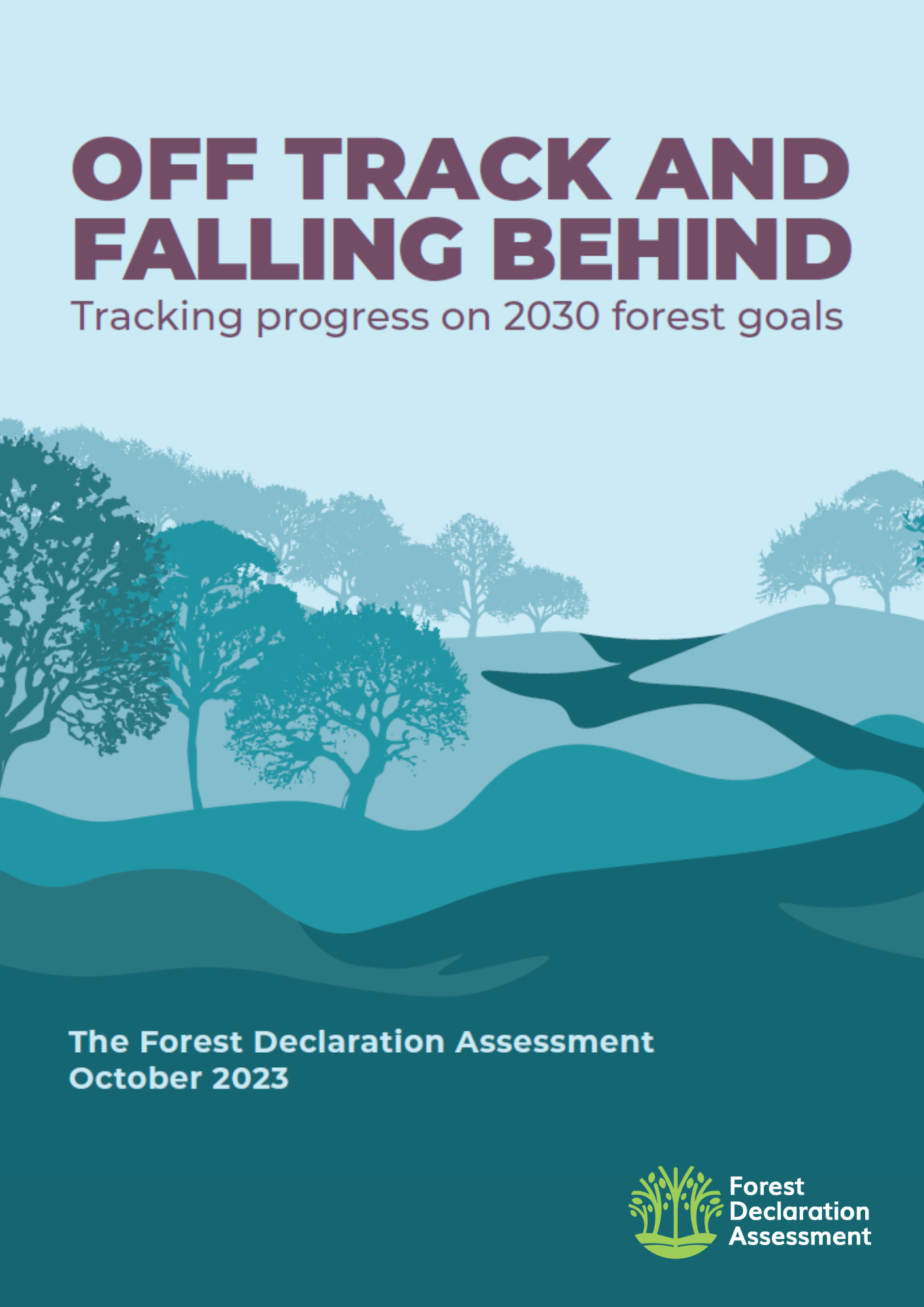
The forest ecosystems that support a liveable climate, invaluable biodiversity, thriving economies, and intangible cultural importance remain under massive pressure.…

In 2022, global progress on protecting and restoring forests moved too slowly and, in some cases, progress was reversed. Each…
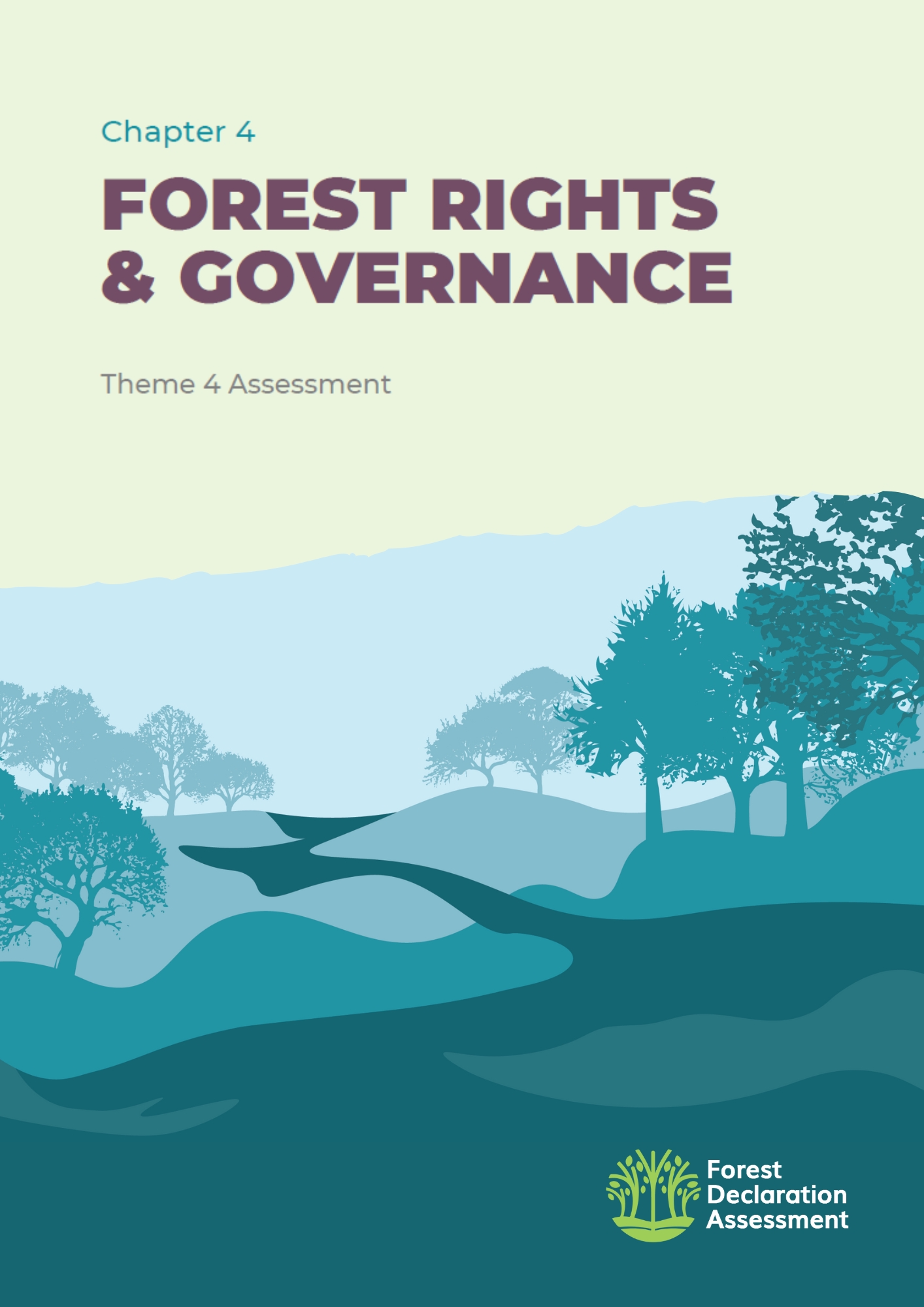
Forest governance generally refers to legal and policy frameworks that regulate land use. Strong governance systems provide opportunities to improve…

Sustainable production and development are essential for global forest goals. Forests and other natural ecosystems are being destroyed and degraded…
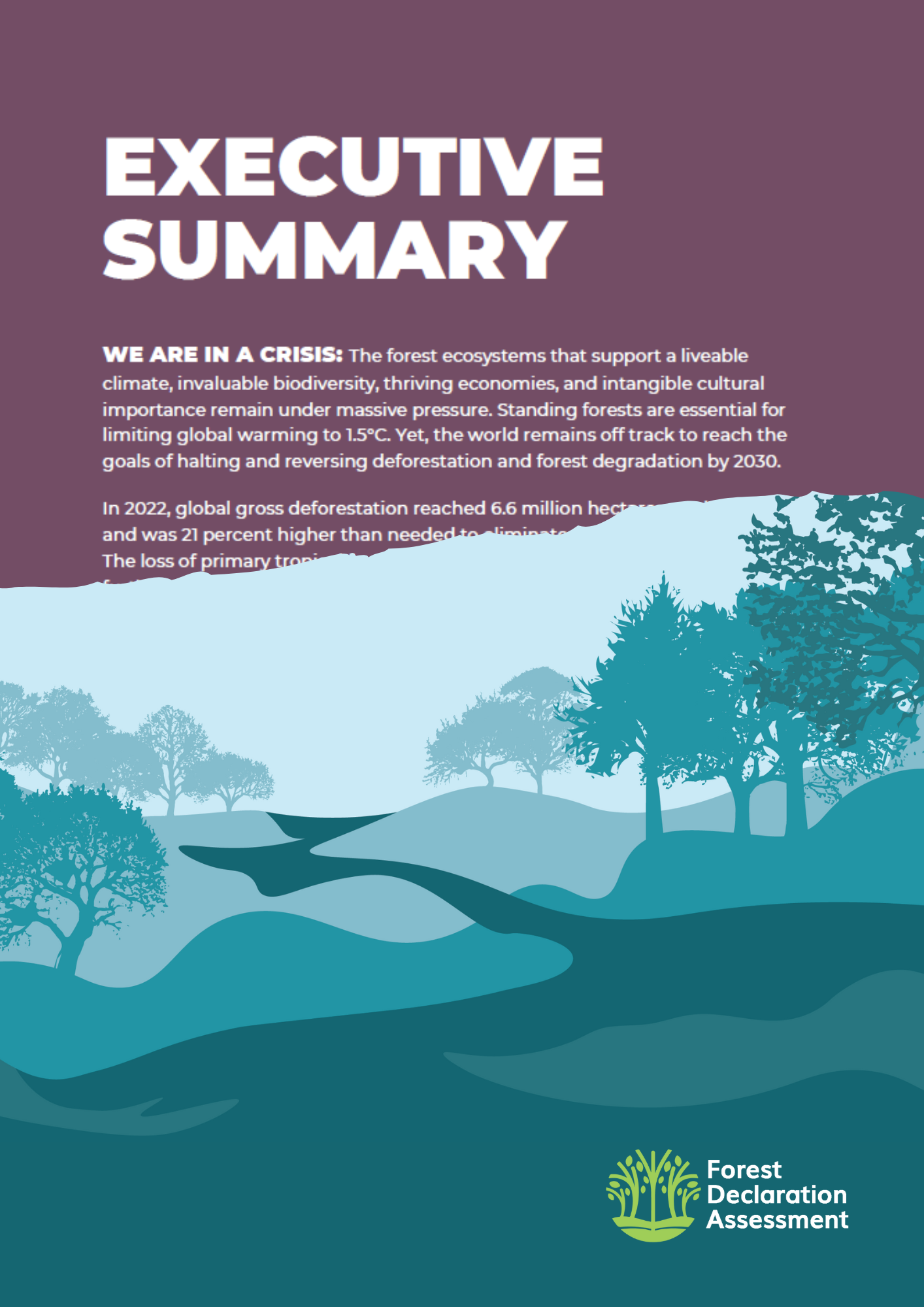
The forest ecosystems that support a liveable climate, invaluable biodiversity, thriving economies, and intangible cultural importance remain under massive pressure.…
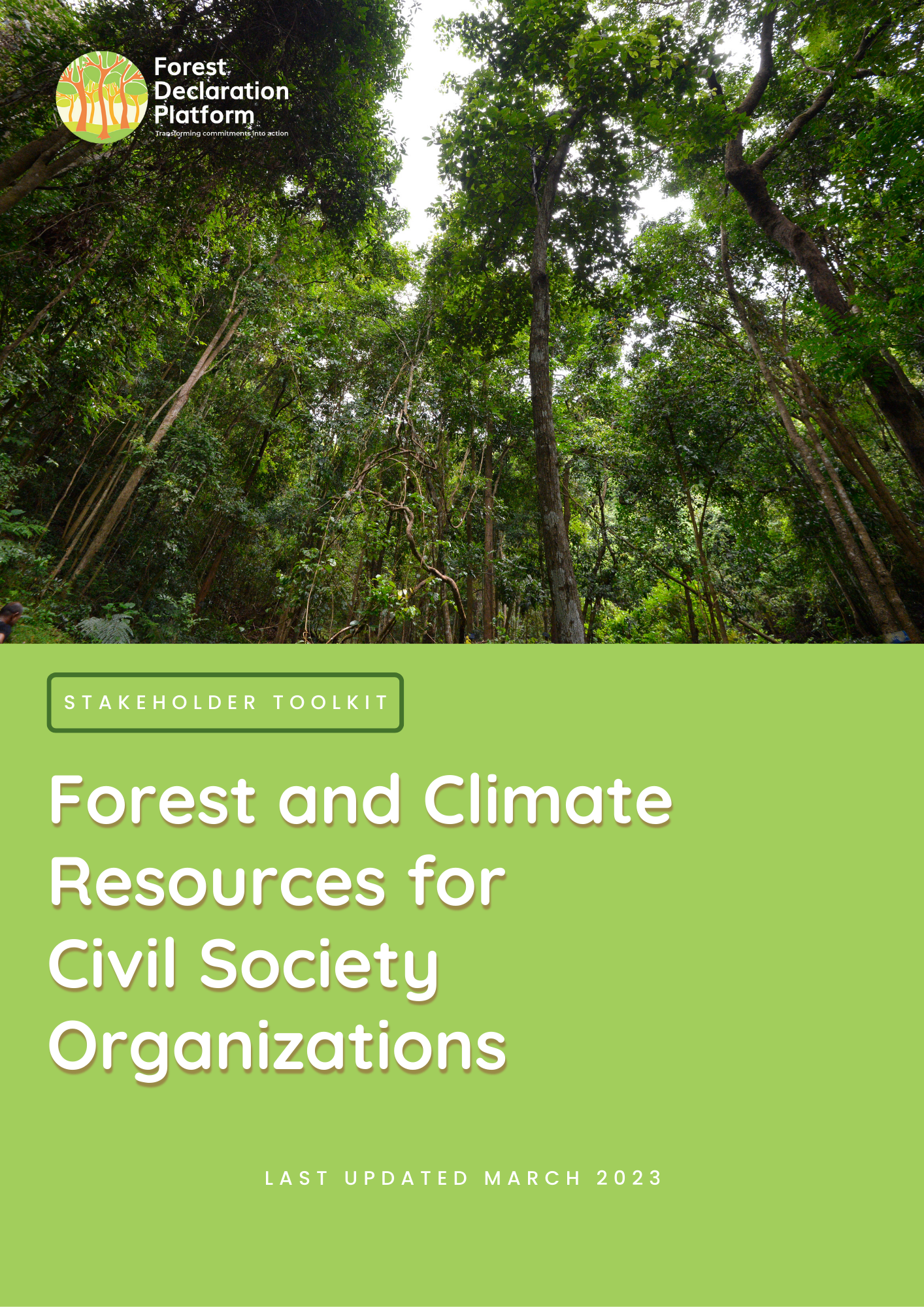
Stakeholder Toolkits are a series of resources published by the Forest Declaration Platform. They provide forest and climate resources for different…
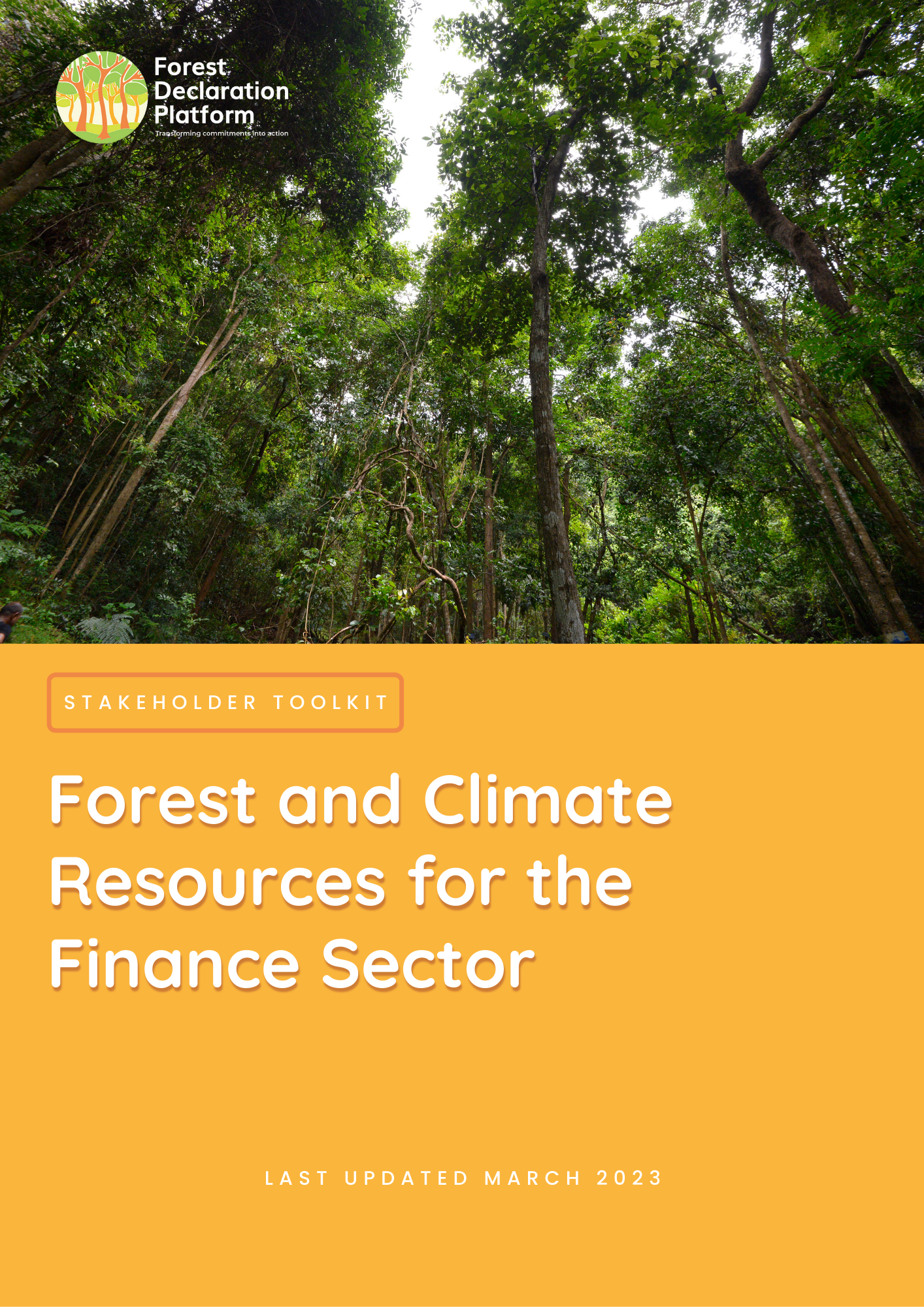
Stakeholder Toolkits are a series of resources published by the Forest Declaration Platform. They provide forest and climate resources for different…
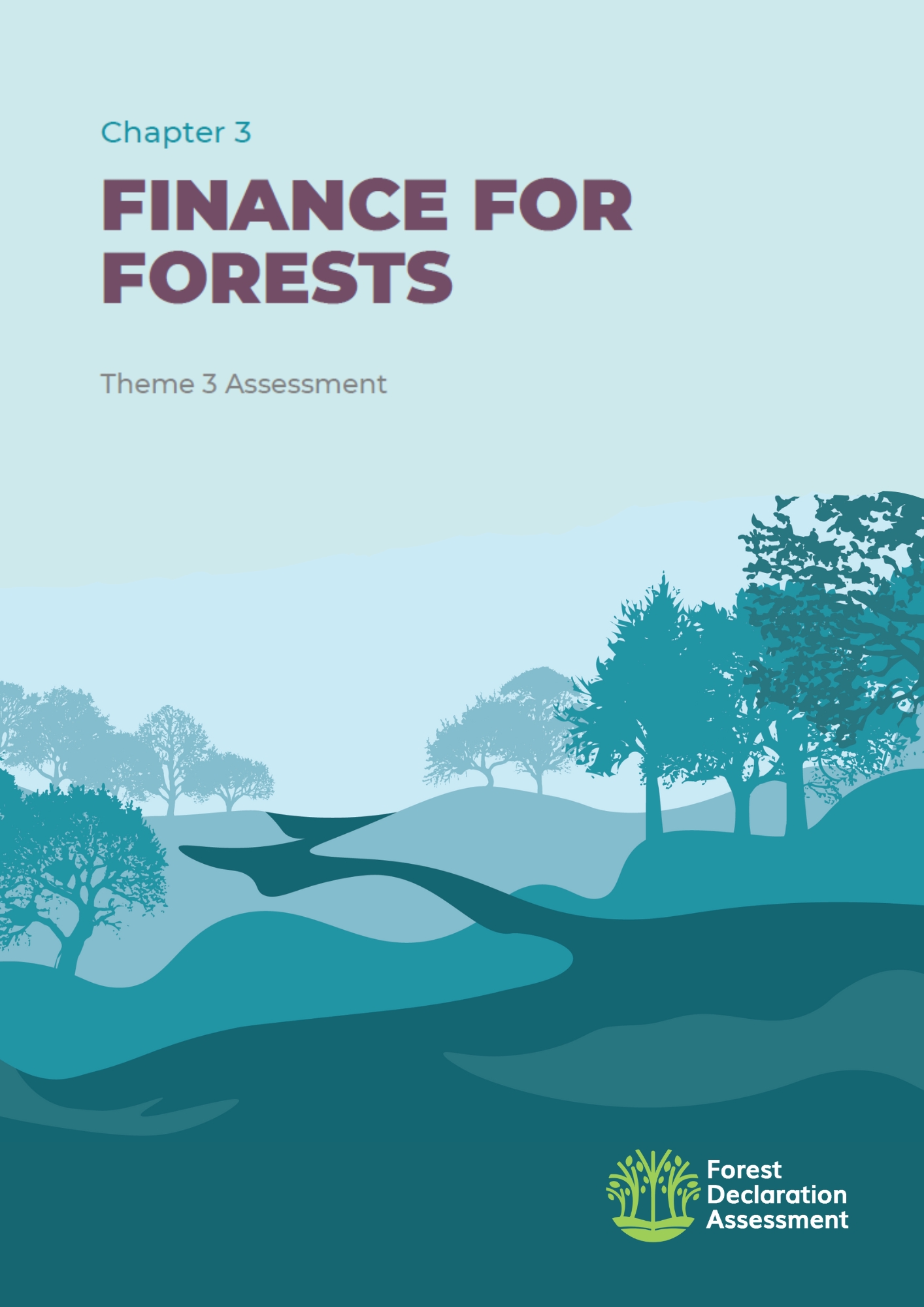
Achieving international forest goals requires substantial investment in protecting and restoring forests. Under the Paris Agreement, parties committed to making…
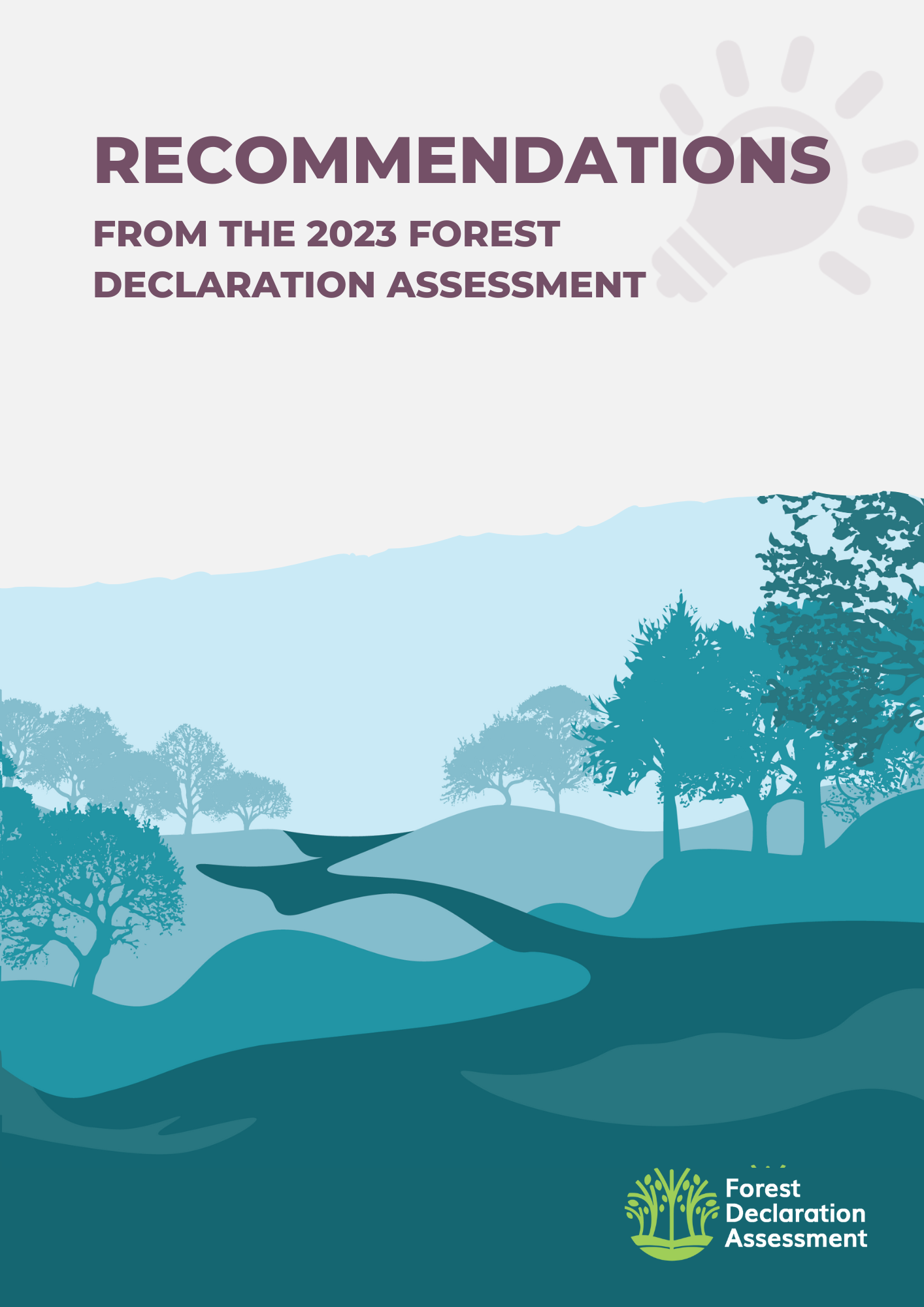
The forest ecosystems that support a liveable climate, invaluable biodiversity, thriving economies, and intangible cultural importance remain under massive pressure.…